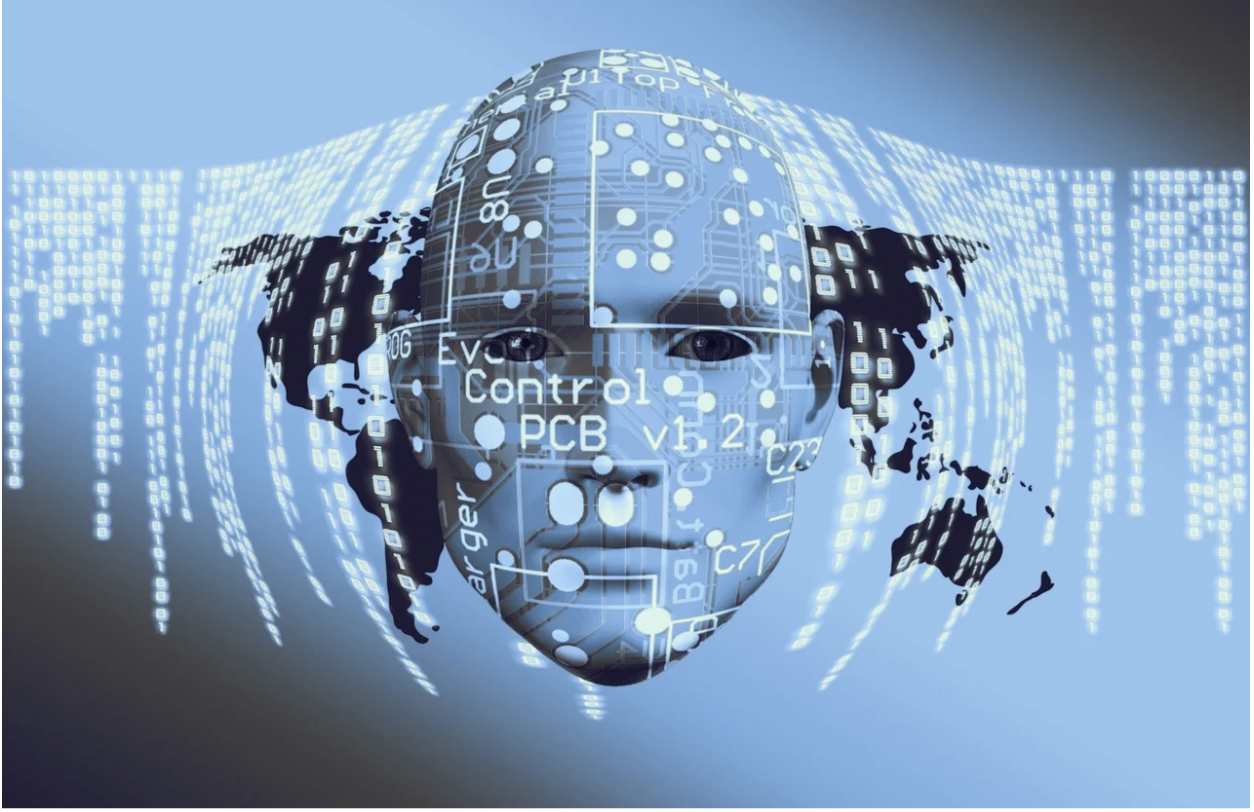Introduction
Artificial Intelligence is a self-evolving software in which cognitive features like learning, reasoning, creativity and perception are coded-in to mimic humans. Nowadays such codes are there in everything, from cloud-based enterprise applications, to consumer apps and even embedded firmwares.
According to Fortune Business Insights, in 2022 the global artificial intelligence market size was valued at $428.00 billion & is projected to grow from $515.31 billion in 2023 to $2,025.12 billion by 2030.
Types of AI
Reactive AIs: In these systems, learning from the past is not a criteria. They perceive and use algorithms to optimize outputs. This can be useful where you want repeatability and reliability – that is to a given input, the same output. Deep Blue, IBM’s chess-playing Supercomputer and Google’s AlphaGo are examples of these.
Limited Memory AI: This AI, apart from executing the tasks of a Reactive AI, considers data from the past. It analyzes the past data and assigns weights to various possible trajectories, ultimately deciding on the most probabilistic scenario. It thus has a genuine learning component to it.
Theory-of-Mind AI: This AI, though has yet to be designed, incorporates the fact that people have thoughts, feelings and emotions that affect their behavior. Thus, it should be able to adjust its behavior accordingly. An example of this is self-driving cars – they should be able to infer the mental states of drivers and pedestrians and pre-empt their actions.
Self-aware AI: After Theory-of-Mind, the next frontier is to design an AI, that is self-aware. This kind would possess human-level consciousness and understand its own existence in the world as well as the presence of others. It would be able to understand what others need based on not just what they communicate, but how they communicate.
Applications
ChatGPT: It is an AI Chatbot capable of producing written content, in response to queries, in a range of formats – from essays to code. It is powered by a large language model that allows it to closely emulate human writing.
Google Maps: It uses AI to suggest best possible route, by assessing data from mobile phones, like location, speed, construction activity and accidents etc.
Smart Assistants: Alexa, Siri and Cortana use Natural Language Processing Tools to help users set reminders, order food, control home appliances and more. They learn from user’s behavior and tweak their operation.
Facial Detection and Recognition: Face ID for unlocking our phones uses AI. It learns from small changes in looks while maintaining high levels of reliability and safety.
Text Editor and Autocorrect: AI algorithms use machine learning, deep learning, and natural language processing to identify incorrect usage of language and suggest corrections in word processors, texting apps, and other written mediums.
Search and Recommendation: While shopping for an item, AIs can recommend products based on your recent searches. They learn from your preferences and create a general profile for you.
Autonomous Vehicles: Automobile manufacturing companies use machine learning to train computers to think and adapt like humans do when it comes to driving. Thus they are able to handle driving in any environment and perform object detection to avoid road accidents.
Robotics: Ordinary jobs can be entrusted to Robots. For example, carrying goods in hospitals, factories, and warehouses, cleaning offices and Inventory management.
Benefits of AI
Automation: AI powered machines can perform without human assistance. For example, a smart factory can use robots to navigate factory floor to inspect products.
Remove Human Error: AIs can eliminate human error by following the same algorithm for a given process every single time.
Delegate repetitive tasks: AIs can be used to perform dull repetitive tasks, freeing humans to work on high impact problems.
Speed and Accuracy: AIs can analyze data and find patterns much faster than humans and with greater accuracy.
Continuous availability: AIs don’t need to eat or drink, nor take breaks, like humans. They are thus available for long times and are more efficient.
Accelerated Research and Development: The ability of AIs to analyze vast amounts of data quickly can lead to accelerated breakthroughs in research and development.
Afterword
As Artificial Intelligence advances at break-neck speed, serious questions about its dangers are also there. For instance, Deepfakes, where videos can be doctored to look extremely life-like, can be used in politics to suit one’s need and incite violence by influencing sections of public. Another example – job losses due to AI-driven automation are more likely to affect low-skilled workers which leads to greater income gap and reduced opportunities for social mobility. Thus Governments need to catch-up fast and draft regulations to temper and guide growth of AI, so that the benefits of AI can be enjoyed all, with the dangers circumambulated as possible.
Image Sourced from Freepik
